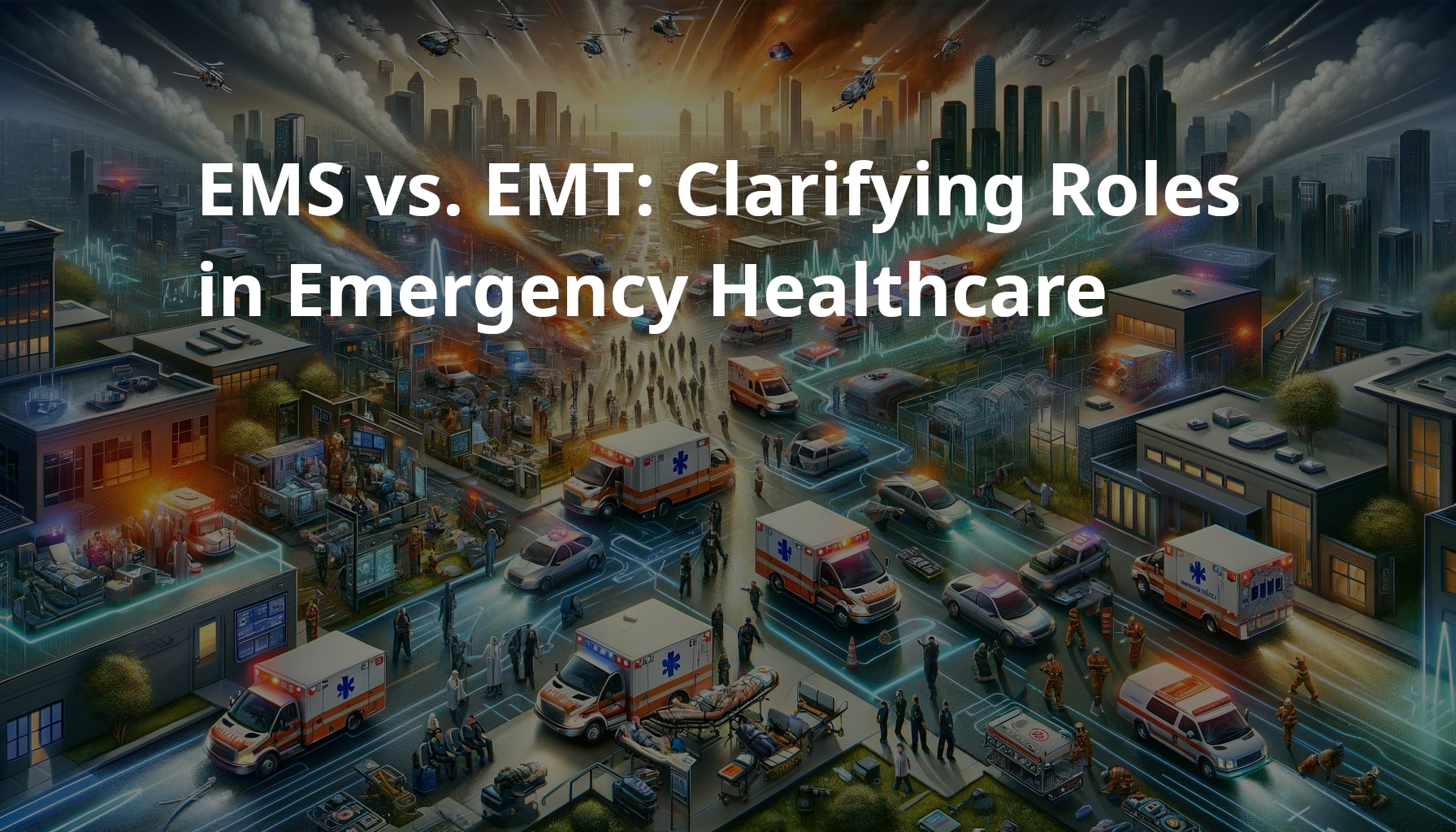In the realm of emergency healthcare, the terms EMS (Emergency Medical Services) and EMT (Emergency Medical Technician) are often used interchangeably, yet they represent distinct aspects of medical response and care. This article aims to demystify these acronyms, shedding light on their unique roles within the healthcare system.
Understanding the difference between EMS and EMT is not just a matter of semantics; it’s crucial for appreciating the depth and breadth of emergency medical services. EMS encompasses the entire system of services designed to provide acute medical care in times of emergency, including a wide range of professionals and resources.
Within this system, EMTs play a vital role as front-line responders, trained to offer immediate life-saving interventions and patient care during medical emergencies. By exploring the roles, training, and responsibilities of EMS and EMTs, this article will provide a clear distinction between the two, highlighting how they work together to form a critical component of emergency healthcare.
Introduction to EMS and EMT
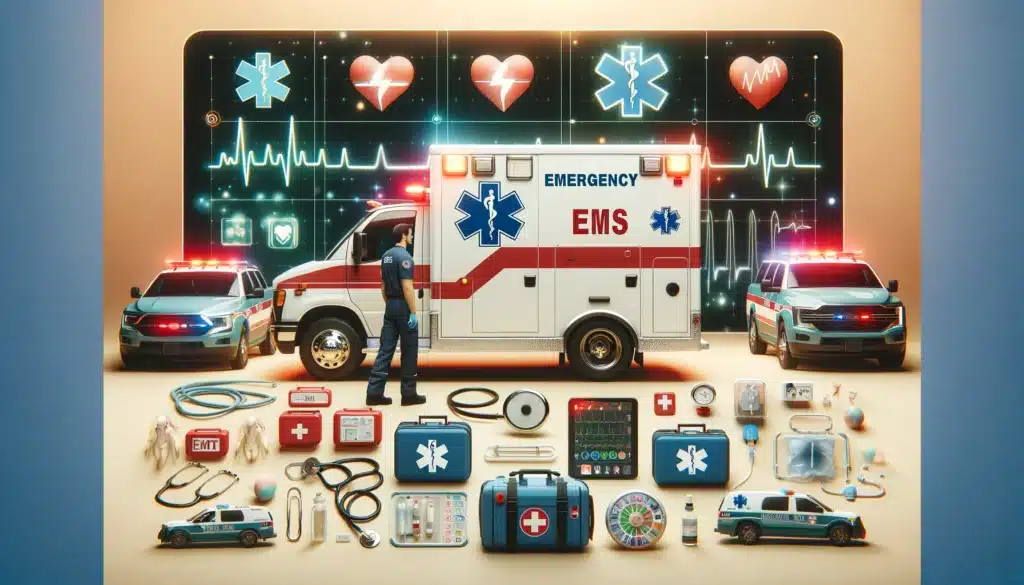
Emergency Medical Services (EMS) and Emergency Medical Technicians (EMT) are critical components of our healthcare system, especially in times of crisis. Though they are closely related and often work together, EMS and EMT have distinct roles, training, and responsibilities. Understanding these differences is essential for appreciating the complexity and efficiency of emergency medical care.
EMS: A Comprehensive Emergency Response System
EMS refers to the entire network of services that provide urgent medical care and transportation in emergency situations. This system includes not just personnel but also the equipment, vehicles, and protocols required to deliver timely medical assistance. EMS encompasses various professionals such as EMTs, paramedics, nurses, and even emergency physicians, depending on the severity of the situation.
A key aspect of EMS is its structured response to emergencies. The system is designed to be activated immediately upon receiving a distress call. Once activated, EMS ensures that the appropriate level of care is dispatched to the patient. This could range from basic life support, typically managed by EMTs, to more advanced life support provided by paramedics and other medical specialists.
EMT: The Frontline of Emergency Care
An EMT, on the other hand, is a specific role within the EMS. EMTs are trained to provide basic emergency medical care and are often the first healthcare professionals to arrive at the scene of an emergency. Their primary role is to stabilize patients, perform basic medical procedures, and prepare them for transportation to medical facilities if needed.
Training for EMTs is rigorous but less extensive than that for paramedics. It focuses on essential lifesaving skills, such as CPR (cardiopulmonary resuscitation), controlling bleeding, and managing shock. EMTs also learn how to handle a range of emergencies, from cardiac arrests to trauma caused by accidents.
Collaboration for Efficient Emergency Response
The synergy between EMS and EMTs is what makes emergency medical care effective. While EMS provides the framework and resources, EMTs bring the hands-on skills necessary to execute emergency medical interventions. Together, they ensure that patients receive the immediate care they need and are safely transported to hospitals for further treatment.
Understanding the roles of EMS and EMT is crucial, not just for those interested in a career in emergency medicine but also for the general public. Awareness of these roles can lead to better cooperation during emergencies and a more profound appreciation of the individuals who dedicate their lives to saving others.
The Role of EMS (Emergency Medical Services)
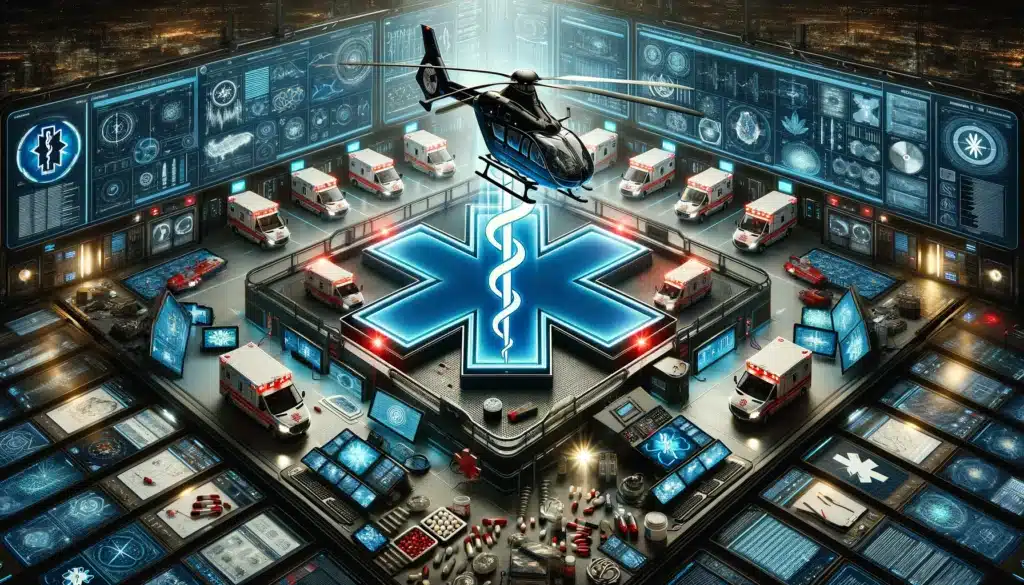
Emergency Medical Services (EMS) are an integral part of healthcare systems worldwide, providing critical care and support during emergencies. This segment explores the multifaceted nature of EMS, highlighting its components, operations, and the crucial role it plays within the healthcare framework.
A Comprehensive Network of Care
EMS encompasses a wide array of services and personnel dedicated to delivering emergency medical care. This network includes more than just ambulance services; it incorporates a range of resources such as specialized medical equipment, emergency response vehicles (ambulances, helicopters, etc.), and highly trained professionals. EMS personnel include emergency medical technicians (EMTs), paramedics, nurses, and sometimes emergency physicians, each playing a distinct role in the emergency care continuum.
Structured and Coordinated Response
At the heart of EMS is its structured approach to emergency response. This system is designed to be activated quickly in response to emergency calls, ensuring that the appropriate level of medical care reaches the patient as swiftly as possible. The coordination center, often referred to as the dispatch center, plays a pivotal role in this process. It assesses the emergency, dispatches the necessary resources, and guides the on-scene personnel.
Advanced Medical Capabilities
EMS teams are equipped with advanced medical equipment, enabling them to handle a wide variety of emergencies. This equipment ranges from basic first aid supplies to sophisticated devices like defibrillators, oxygen therapy units, and advanced airway management tools. The goal is to stabilize patients, manage acute medical conditions, and prepare them for safe transport to healthcare facilities for further treatment.
Training and Expertise
Professionals working within EMS undergo extensive training, which varies depending on their specific roles. EMTs, for example, are trained in basic life support, while paramedics receive more advanced training, including in pharmacology, cardiology, and trauma care. Continuous education and training are crucial in EMS, as medical practices and technologies are constantly evolving.
The Impact of EMS on Healthcare
The effectiveness of EMS cannot be overstated. In many cases, the prompt response and initial treatment provided by EMS personnel can significantly affect patient outcomes, especially in life-threatening situations like heart attacks, strokes, and severe injuries. By offering immediate medical care and facilitating swift transport to hospitals, EMS plays a vital role in saving lives and reducing the severity of injuries.
Understanding the EMT (Emergency Medical Technician)

Emergency Medical Technicians (EMTs) are often the first medical professionals to arrive at the scene of an emergency. This segment delves into the specific role, training, and responsibilities of an EMT, highlighting their critical contribution within the Emergency Medical Services (EMS) system.
Frontline Responders in Emergency Situations
EMTs are trained to provide immediate care in emergency situations. Their primary responsibility is to stabilize patients, administer basic medical treatment, and prepare them for transport to medical facilities. EMTs are skilled in a variety of lifesaving techniques, such as performing CPR, controlling bleeding, managing fractures, and treating shock.
Training and Certification of EMTs
To become an EMT, candidates must complete a rigorous training program, which typically includes coursework and practical training. This program covers emergency skills, such as patient assessment, handling trauma and medical emergencies, and using emergency equipment. After completing the training, candidates must pass a national or state certification exam to become licensed EMTs.
EMT’s Role in the EMS Hierarchy
Within the EMS system, EMTs are a step below paramedics in terms of training and capabilities. While paramedics receive advanced training in areas like pharmacology and can perform more complex medical procedures, EMTs focus on basic life support. However, this does not diminish the importance of EMTs; their ability to provide immediate care can be life-saving.
Challenges Faced by EMTs
Working as an EMT is both physically and emotionally demanding. EMTs often work in high-stress environments, dealing with life-threatening situations, severe injuries, and distressed patients. They must be able to make quick decisions and remain calm under pressure. Despite these challenges, EMTs play a crucial role in providing early medical intervention, which can significantly impact patient outcomes.
The Vital Link in Emergency Care
EMTs form a vital link between the scene of an emergency and the hospital. They ensure that patients receive the necessary care during the critical initial phase of an emergency. By doing so, EMTs not only save lives but also pave the way for more advanced treatment once the patient reaches a hospital.
Key Differences Between EMS and EMT
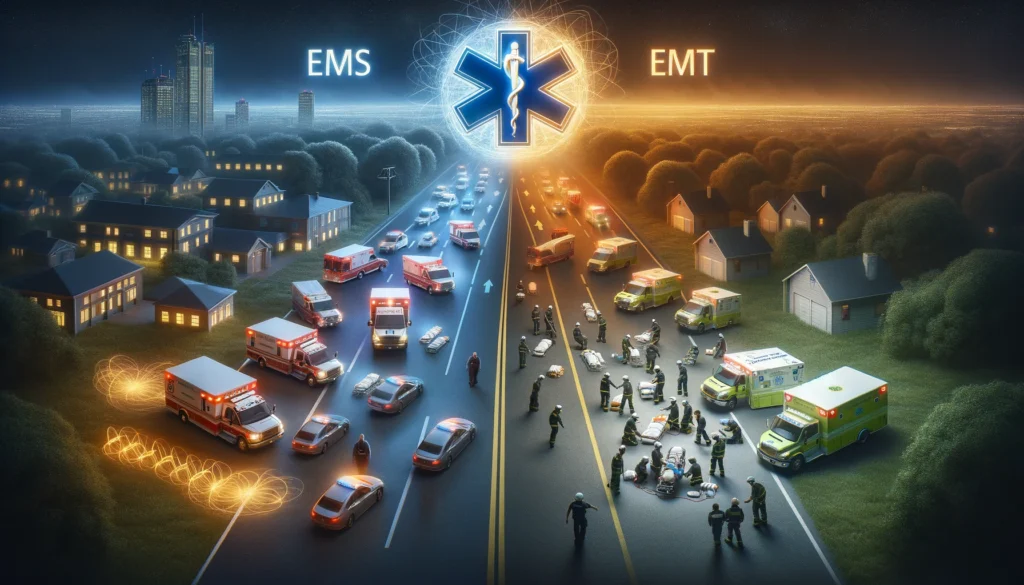
Understanding the distinctions between EMS (Emergency Medical Services) and EMT (Emergency Medical Technician) is crucial for comprehending the structure and functionality of emergency healthcare. This section will illuminate the major differences in terms of function, training, and scope of practice between these two critical components.
Function: System vs. Individual
The primary difference lies in their respective scopes. EMS refers to the entire system of emergency medical services, which includes a range of resources like ambulances, medical equipment, and a network of trained professionals. It is a coordinated system that manages and provides emergency medical care and transportation.
In contrast, EMTs are individual professionals within the EMS system. They are trained to offer immediate, on-the-spot medical care. EMTs are often the first responders to an emergency, providing essential life-saving measures and stabilizing patients before they are transported to hospitals.
Training and Qualifications
The training required for EMS professionals varies depending on their specific roles within the system. It ranges from basic first aid knowledge for some support roles to advanced medical training for paramedics and emergency physicians.
EMT training is more specific. It focuses on teaching individuals the necessary skills to handle emergency situations, including basic life support, trauma care, and patient assessment. EMTs undergo a rigorous training program and must pass a certification exam to practice.
Scope of Practice
EMS encompasses a broad range of emergency response capabilities, including advanced life support (ALS), basic life support (BLS), patient transport, and coordination of emergency response. The system is designed to provide a comprehensive approach to emergency care.
EMTs, on the other hand, primarily focus on basic life support. This includes handling emergencies like cardiac arrest, respiratory distress, and trauma. While they play a critical role in the EMS system, their scope is more limited compared to the broader capabilities of the entire EMS framework.
Collaboration for Effective Emergency Response
Despite these differences, both EMS and EMTs are essential for an effective emergency response system. EMS provides the structure and resources, while EMTs offer the hands-on skills necessary for immediate patient care. Their collaboration ensures that patients receive timely and efficient medical assistance in emergencies.
The Importance of EMS and EMT in Emergency Healthcare
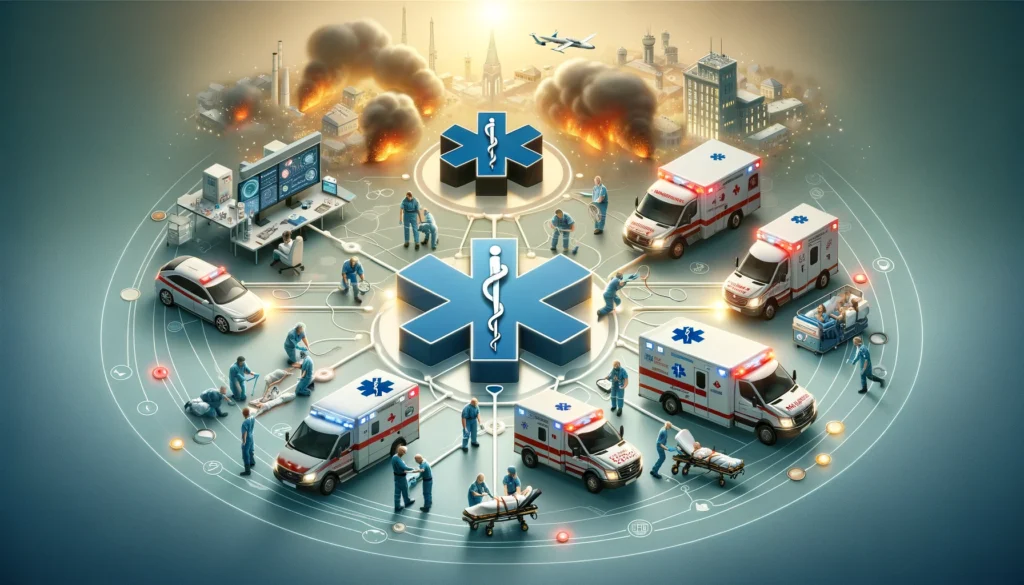
The roles of EMS (Emergency Medical Services) and EMTs (Emergency Medical Technicians) are pivotal in emergency healthcare. This section highlights how both contribute uniquely to healthcare, emphasizing their interdependence and importance in emergency medical situations.
Interdependent Roles in Emergency Response
EMS and EMTs work in tandem to provide effective emergency medical care. The EMS system offers the infrastructure, resources, and coordination necessary for a comprehensive emergency response. Within this framework, EMTs serve as the frontline personnel who deliver immediate medical care to patients in crisis. Their collaboration ensures that every emergency situation is managed efficiently and effectively.
Crucial Contributions of EMTs
EMTs are often the first medical responders on the scene. Their ability to assess situations quickly, provide lifesaving interventions, and prepare patients for transportation is crucial. The immediate care provided by EMTs can significantly affect patient outcomes, especially in cases of cardiac arrest, trauma, and other life-threatening emergencies.
EMS: The Backbone of Emergency Medical Care
The EMS system, with its array of resources including advanced life support, transportation, and strategic coordination, forms the backbone of emergency medical care. It ensures that patients receive the right level of care at the right time. EMS’s role in planning, training, and equipping emergency medical personnel is integral to maintaining high standards of care.
Impact on Public Health and Safety
The combined efforts of EMS and EMTs have a profound impact on public health and safety. By providing rapid and skilled medical response, they not only save lives but also help in reducing the severity of injuries and improving recovery times. Their work often goes beyond medical intervention; they provide comfort and reassurance to patients and their families in moments of distress.
A System Built on Dedication and Expertise
The effectiveness of emergency medical services is a testament to the dedication and expertise of everyone involved, from the dispatchers and EMTs to the paramedics and emergency physicians. Their commitment to saving lives and alleviating suffering is a critical component of our healthcare system.
EMS and EMT – Vital Cogs in the Emergency Healthcare Machinery
As we conclude our exploration of “EMS vs. EMT: Clarifying Roles in Emergency Healthcare,” it’s evident that both EMS (Emergency Medical Services) and EMTs (Emergency Medical Technicians) are indispensable in the realm of emergency medical care. Their roles, though distinct, are deeply interconnected, forming a cohesive and efficient response system that is essential for public health and safety.
EMS, with its comprehensive approach and extensive resources, creates a robust framework necessary for managing a wide array of emergencies. From advanced life support to strategic coordination and transport, EMS ensures that every aspect of emergency response is addressed effectively.
Within this system, EMTs stand out as the frontline heroes, providing immediate and life-saving care in the most critical moments. Their quick decision-making, expertise in basic life support, and ability to stabilize patients before hospitalization are vital in improving outcomes in emergency situations.
The synergy between EMS and EMTs illustrates the importance of teamwork and specialized roles in healthcare. Their harmonious collaboration underlines the fact that successful emergency response relies not just on individual expertise but on a well-orchestrated system of care. This understanding is crucial not only for those in the medical field but also for the general public, as it fosters appreciation and support for these critical services.
In emergencies, every second counts, and the combined efforts of EMS and EMTs ensure that these seconds are utilized to their fullest potential, often making the difference between life and death.
As we recognize the crucial roles played by EMS and EMTs, we also acknowledge the dedication, skill, and compassion of the individuals who operate within these systems. They are, indeed, the unsung heroes in our society, dedicated to saving lives and alleviating human suffering in the most challenging circumstances.
Related Posts
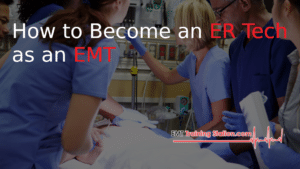

15 Life-Changing Reasons to Become an EMT: More Than Just a Job

How to Become a Tactical EMT: Uncover the Path to High-Intensity Emergency Care
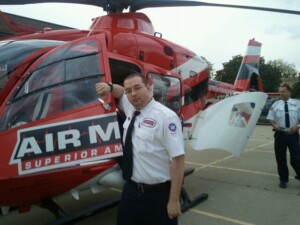
Michael
Hey there! It's so great to meet you! My name is Mike, and I am thrilled to be able to share my extensive EMS experience with you. I am currently working as an EMT in Tucson and am also an EMT instructor at Pima Community College. I am passionate about teaching future first responders, and I created this site specifically to assist anyone interested in pursuing a career in EMS.
It's possible that you are here because you're considering becoming an EMT, or maybe you are already one. Throughout my career, I have tested out countless pieces of EMT-related gear and equipment, and I want to help guide you in making smart decisions when it comes to selecting the best gear for your needs.
I am here to offer my support, so feel free to reach out if there is anything you need. Let's work together to make sure you have the tools you need to excel in this rewarding field!
Share this:
- Click to share on Facebook (Opens in new window)
- Click to share on LinkedIn (Opens in new window)
- Click to share on X (Opens in new window)
- Click to share on Reddit (Opens in new window)
- Click to share on Pinterest (Opens in new window)
- Click to share on Pocket (Opens in new window)
- Click to share on Telegram (Opens in new window)
- Click to share on Mastodon (Opens in new window)
- Click to print (Opens in new window)
- Click to email a link to a friend (Opens in new window)

